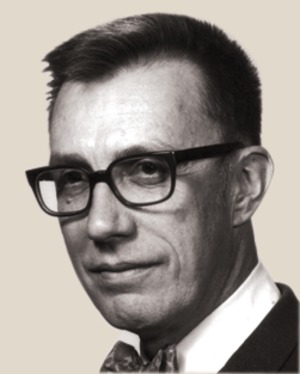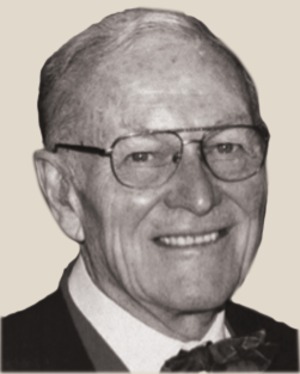Robert V. "Bob" Whitman, who pioneered geotechnical research in soil dynamics and earthquake engineering beginning in the early 1960s, died in Lexington, Mass., on Feb. 25, at age 84. The cause of death was not released by the Massachusetts Institute of Technology, from which he retired as professor emeritus in 1993.
 |
| WHITMAN |
John Lowe III, an early innovator in the use of roller-compacted concrete in dams, died in Seattle in January at age 95. The cause was heart failure, according to his family. Lowe was involved in RCC placements in dams in the 1960s and 1970s, including Shihmen in Taiwan and the record-setting Tarbela in Pakistan. He reportedly made 80 trips to the Tarbela site through 1995. A partner at New York City engineer TAMS until he retired in 1983, Lowe also was chairman of the U.S. Commission on Large Dams and the American Society of Civil Engineers' geotechnical engineering division. 
LOWE





Post a comment to this article
Report Abusive Comment